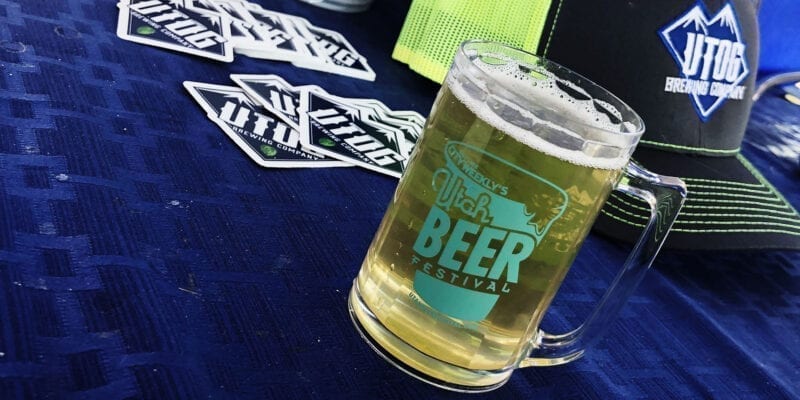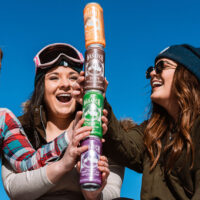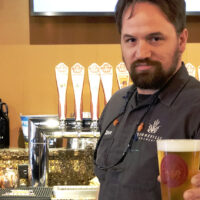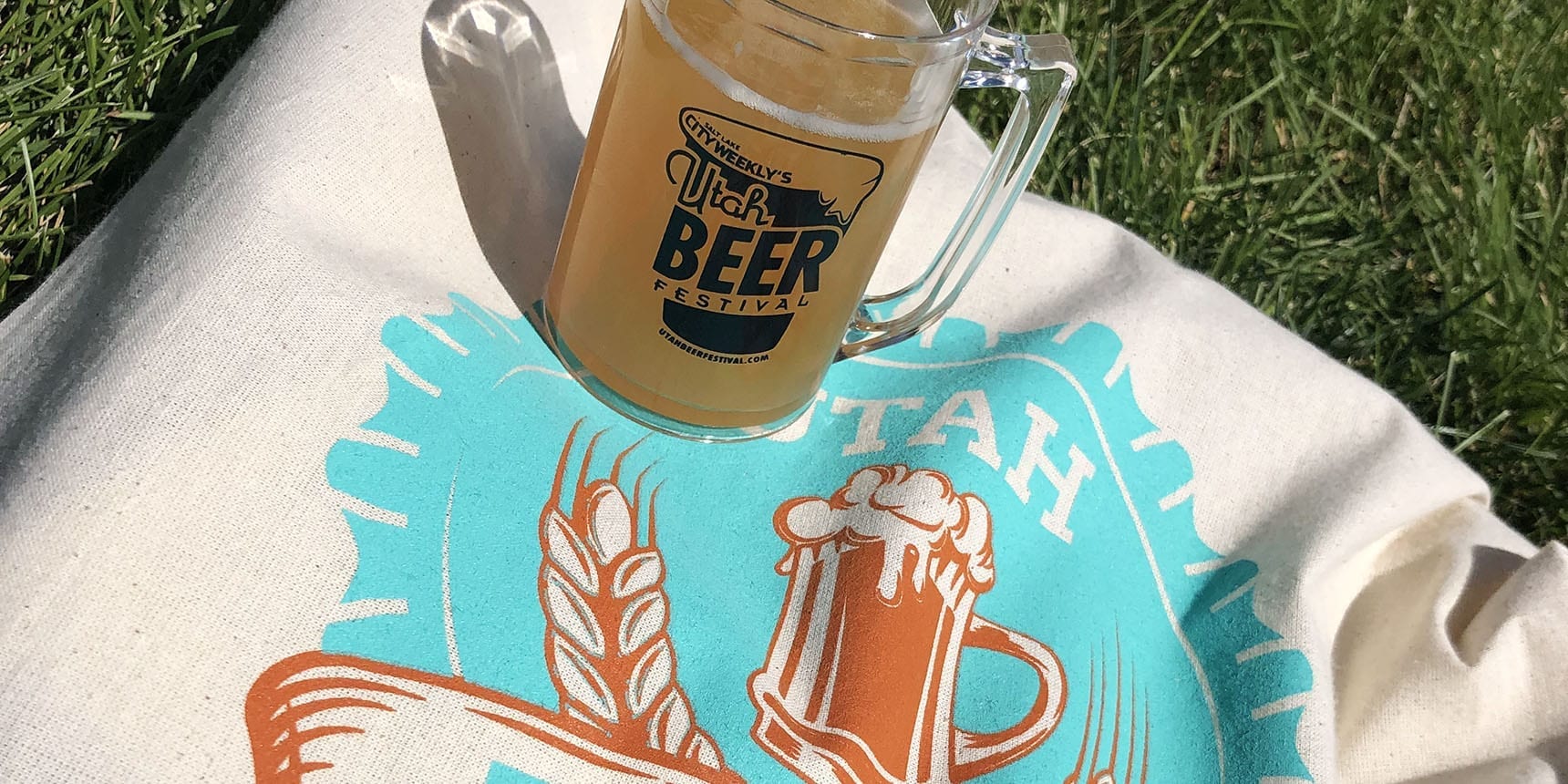
The 10th Utah Beer Festival matched brewers with beer drinkers. Two days, 60 breweries, 200+ beers, and countless other activities cemented the annual gathering’s place as Utah’s largest beer sampling event.
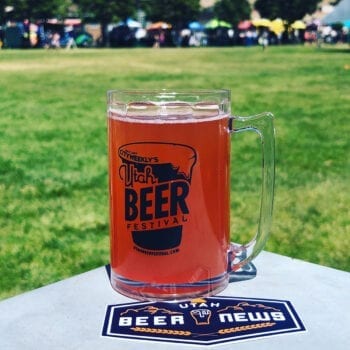 It’s a yearly tradition for many — attendance topped 10,000 last year, organizers said. For me, I enjoy sampling familiar and not-so-familiar beers, talking to brewers, and learning more about the beverages and the craft behind them. The sprawling Utah State Fairpark is an ample home for the fest, which reportedly drew record numbers this year.
It’s a yearly tradition for many — attendance topped 10,000 last year, organizers said. For me, I enjoy sampling familiar and not-so-familiar beers, talking to brewers, and learning more about the beverages and the craft behind them. The sprawling Utah State Fairpark is an ample home for the fest, which reportedly drew record numbers this year.
If you attended the festival, I’d love to hear your thoughts on what you enjoyed (and what missed the mark). Please leave a comment.
Below are five takeaways (and a bonus) from my time at the Utah Beer Festival.
Utah Beer Festival 2019: Five Takeaways
Last year, I utilized a “Hits/Misses” format to share my thoughts on the festival. This time around, I’d like to jot down my five takeaways.
1. Two Days = 👍 for Attendees
I know a few (or maybe more than a few) local brewers don’t like the two-day format. I get that. The Utah craft beer calendar is creeping into the year-round territory. And weekend days off are especially precious during so-called festival season. Staffing and pouring for two days can take its toll, especially on small businesses.
But this is a festival that pours 200+ beers and features 60 or so quality craft brewers. It’s tough to expect beer drinkers to sample even one beer from each brewery in a weekend, let alone a single day. I like the option to split the drinking.
I pre-sorted my list to about 25 tents I wanted to visit. Once on-site, I picked a few others based on beers that sounded interesting. In all, I sipped my way through 35+ samples over two days. And I’m proud to say I sampled a brew from each Utah brewery.
It made for a much more enjoyable drinking experience than if I had to cram it all into one day.
2. VIP Lounge Offers Winning Pairs
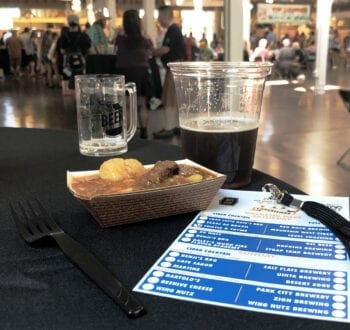 I’ve attended the Utah Beer Festival’s VIP Lounge each of the last three years. In 2017, I thoroughly enjoyed the experience. Last year, I found it lacking (for a few reasons).
I’ve attended the Utah Beer Festival’s VIP Lounge each of the last three years. In 2017, I thoroughly enjoyed the experience. Last year, I found it lacking (for a few reasons).
In 2019, for the event’s 10th anniversary, the Devour VIP Lounge made a triumphant return and hit on all cylinders (in my mind, at least).
The indoor-outdoor experience — yes, a patio! — helped to ease congestion inside the Zion Building. In the three sessions I attended, I could tell that thought had been put into the beer and food pairings (something I contended was missing last year).
One example: Chris Detrick, the brewer at Level Crossing Brewing Co., worked with folks at Thistle & Thyme to develop a delicious combo. A You-Tah Uncommon beer went with Kentucky Burgoo, an elk and chicken stew. Spent grains from the beer helped to flavor the broth. Brilliant and tasty.
Smaller, circular tables gave the area more of an open feel. Lines moved quickly and clear signage helped to educate us on what we were about to eat and drink.
VIP pass-holders received a nice goodie bag, and the air-conditioned building (with bathrooms) provided a respite from the main festival.
That said, a few more tables wouldn’t have hurt. And I’d love to see the “brewer panels” return. Listening to brewers (and brewery reps) talk about their craft and the industry is super interesting to me. I’m all for bringing them back. And if they do return, let me know if you need a moderator in 2020. 😉
3. Water Stations: A Desert Mirage?
Conserving water is everyone’s responsibility. As desert dwellers, there’s no denying that. Yet, hydration is critical in the midst of a two-day beer festival.
In previous years, it seemed “water kegs” were scattered about the festival grounds. This time around, I didn’t see nearly as many opportunities to re-hydrate.
One reason I heard is that in the past (last year, at least), Bohemian Brewery sponsored the water stations. This year, Bohemian didn’t participate in the festival and it appears that maybe another brewery didn’t pick up the slack.
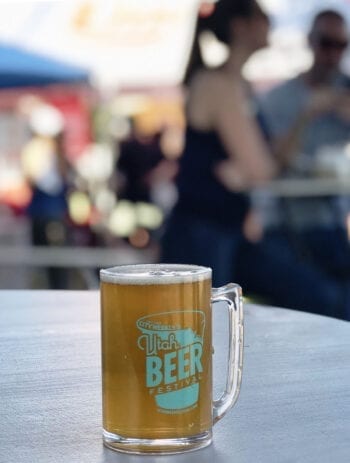 Whatever the reason, one brewery, at least, provided a neat way for attendees to fill up on H20.
Whatever the reason, one brewery, at least, provided a neat way for attendees to fill up on H20.
The under-construction Bewilder Brewing couldn’t pour beer at the festival, so it set up a jockey box with crisp, clean water. We hydrated while learning more about the brewery that will soon open at 445 S. 400 W. in Salt Lake City.
Somewhat related, Bohemian Brewery wasn’t the only local brewer to sit out the festival. By my observation, the no-shows included more than a half-dozen other local breweries.
Whether it was scheduling conflicts or some other reason, that seemed like a relatively large percentage of locals who were missing from Utah’s flagship beer festival. Perhaps the culprit is too many events?
Listen to the Utah Beer News Podcast in which we learn more about the history of the Utah Beer Festival.
4. Always ‘In the Know’
I’m a sucker for a well-promoted and, even more important, a well-communicated event. Kudos to Samantha Smith and the Salt Lake City Weekly team that helped keep the festival top-of-mind for weeks. When I met with Smith prior to the event, I asked her when she started planning for the next year’s festival.
“The day after the last one,” she responded. It showed. From a coordinated social media campaign to regular email updates to street teams building buzz, City Weekly made sure attendees weren’t left wondering about any aspect of the festival.
Once on-site, a robust program listed everything you needed to know about the expansive event — including a pour list for each brewery.
Which brings me to my final takeaway…
5. It’s More Than a Beer Festival
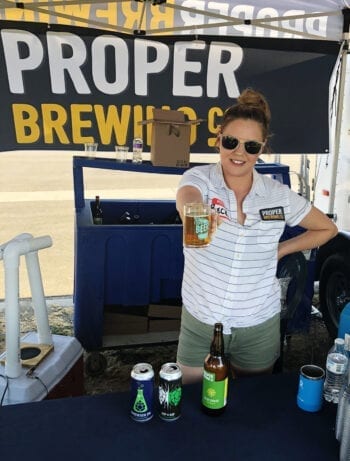 I mentioned this in the article and podcast we recorded prior to the festival. The Utah Beer Festival is a million moving parts, only a portion of which involve beer. Food trucks, live music, dozens of vendors, outdoor gear, tech gadgets, and more all complement the beer.
I mentioned this in the article and podcast we recorded prior to the festival. The Utah Beer Festival is a million moving parts, only a portion of which involve beer. Food trucks, live music, dozens of vendors, outdoor gear, tech gadgets, and more all complement the beer.
Granted, I didn’t take advantage of the ancillary events nearly as much as I probably should have. I did walk through the Cider House and Silicon Suds areas. I also made a trip through the merchandise mall and, once again outside, enjoyed a corn dog with my beer.
But it’s all there within easy reach. So if beer’s not your thing, there’s still plenty to explore.
Bonus: For a Good Cause
According to City Weekly, the festival’s donated more than $100,000 to various non-profits over the years. The last two years, the beneficiary’s been Press Backers. It’s an organization whose aim is to support local journalism and independent news. As a former journalist, that’s just cool.
Disclosure: Utah Beer News purchased an early-beer-drinker weekend pass. City Weekly provided me with weekend VIP access.
